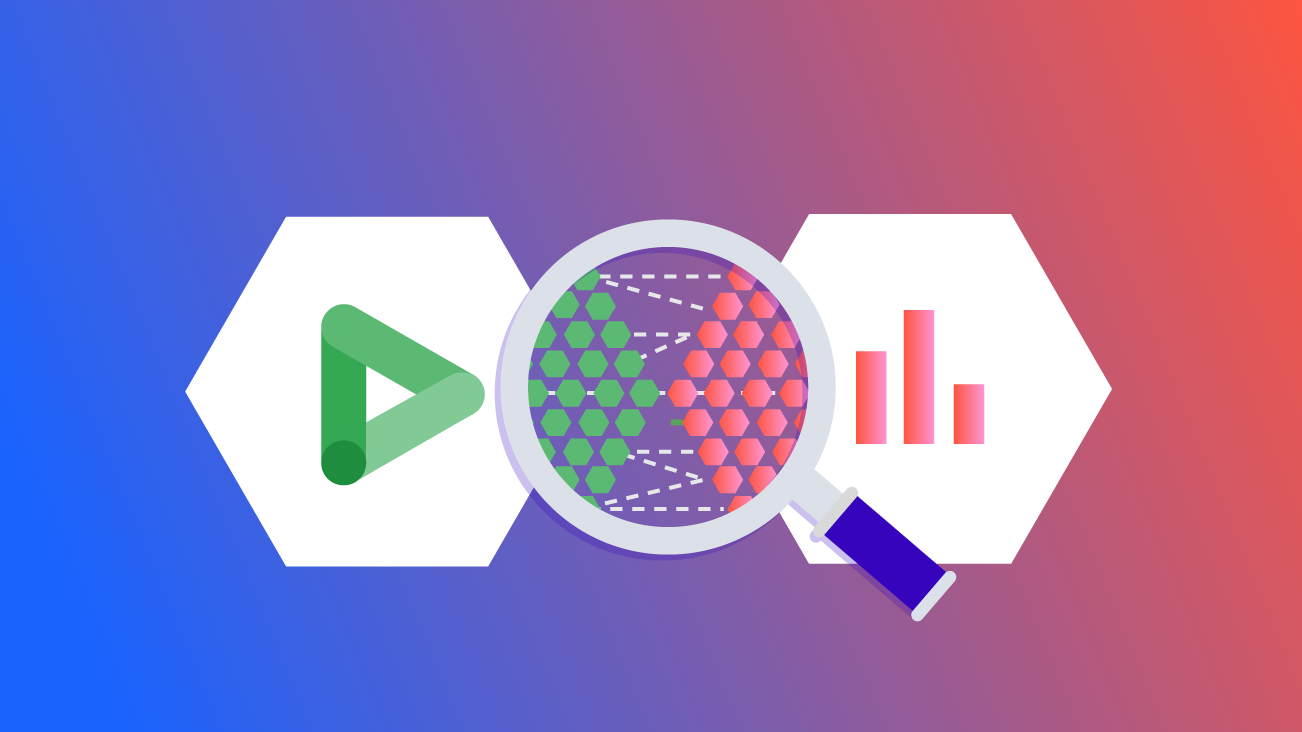An Introduction to Google Ads Data Hub

In 2017, Google launched Ads Data Hub (ADH) as a cloud-based solution for YouTube advertisers to gain measurement and insight. It evolved as a replacement for the DoubleClick Data Transfer file in response to the General Data Protection Regulation (GDPR).
With significant updates, ADH has become a privacy-safe query environment, allowing marketers to tie together Display & Video 360, Campaign Manager, Google Ads, and YouTube Reserve data into BigQuery.
What is Ads Data Hub?
Ads Data Hub is fundamentally about matching first-party data against Google's own data to prove conversions and perform analysis and attribution. ADH acts as a data warehouse, allowing you to bring in your campaign and media data as well as offline, CRM, and other first-party data. This gives you the opportunity to connect your media impressions and clicks to other platforms with all of the data in one place.
How Does Ads Data Hub Work?
ADH sits in the middle of media attribution, BigQuery, and the Google Marketing Platform (GMP). ADH lets you bring in your media data from Display & Video 360, Campaign Manager, Google Ads, and YouTube Reserve as well as your other first-party data sources.
This data is brought into the ADH environment within BigQuery where all of your data is available in one place and accessible to query. Here, we can answer questions about acquisition or consumer journey, and tie together customer behavior from ad impressions to web behavior, to conversion and retention. Google even provides template queries to get common reports and metrics such as impressions, clicks, conversions, and Active View stats.
ADH was primarily created to replace the DoubleClick Data Transfer of log files to match conversion data against ad impressions in order to understand media attribution. Google will now provide that during a "clean" BigQuery query against customer data.
This leads to the primary benefit of ADH, which is user privacy. With ADH we can't look at individual user data, which protects user and customer privacy. Privacy legislation has forced the advertising industry to reinvent itself, and ADH is a key part of Google's solution.
To address privacy concerns, your data is displayed as an aggregate within ADH, although you still have access to the granular data. Users are tied together with a Google ID rather than cookies, and the Google ID can be removed to comply with privacy regulations.
Mobile device IDs can also tie together ad behavior across mobile users. You can use this aggregated data to create audiences, but you won't be able to target individual users with this data.
Who Would Benefit?
Before using ADH, you should have a good use case for it as there’s a lot of analysis you can already do within GMP and BigQuery. For example, you shouldn’t use ADH to build a campaign performance report. There's also a lot of attribution you can do without ADH that you can activate on, including last-touch, rule-based, and data-driven attribution models.
Here are some use cases where ADH could come into play:
User Journey: What are the paths our customers take from an ad impression to conversion? How do our ads impact these journeys? ADH can be used to tie media campaigns with web data or CRM systems to understand pathing.
Impression Performance: What is the optimal ad frequency to drive conversions? ADH can help us to determine ad frequency and effectiveness for online and offline conversions. We can also consider how ads contribute to brand awareness or building a custom attribution model. For example, a CPG may advertise through TV but doesn’t sell directly to consumers can decide how ads contribute to sales.
Audience Activation: For each of my target audiences, how frequently do I need to reach them with ad impressions to drive them back to my website to influence conversion lift? Use ADH to Identify high-value audiences or loyal customers. Pass these audiences back to DV360 for better remarketing.
There are other considerations as well. As mentioned, we can't target individual users in ADH, at least for now, so you should have enough data to build larger audiences. ADH can also be more beneficial for those who are more invested in GMP. GMP tools already play nicely together, but ADH can help us paint a more complete picture between DV360, Search Ads 360, and Google Analytics 360 data.
Finally, you need to have the right people on your team to make ADH effective. This isn’t necessarily a plug-and-play solution, so consider the skill sets needed such as data engineers, data scientists, and cloud engineers.
Next Steps
Once you've queried your data in Ads Data Hub, what can you do with it? First, you can export your data to Google Sheets or connect to Data Studio for visualization. You may also want to automate your queries with the ADH API in BigQuery or use other Google marketing technologies for deeper analysis.
Whatever your case for using Ads Data Hub, ultimately, you want to be able to make better decisions with your data. Work with a partner to take full advantage of ADH and to inform your media strategy.


